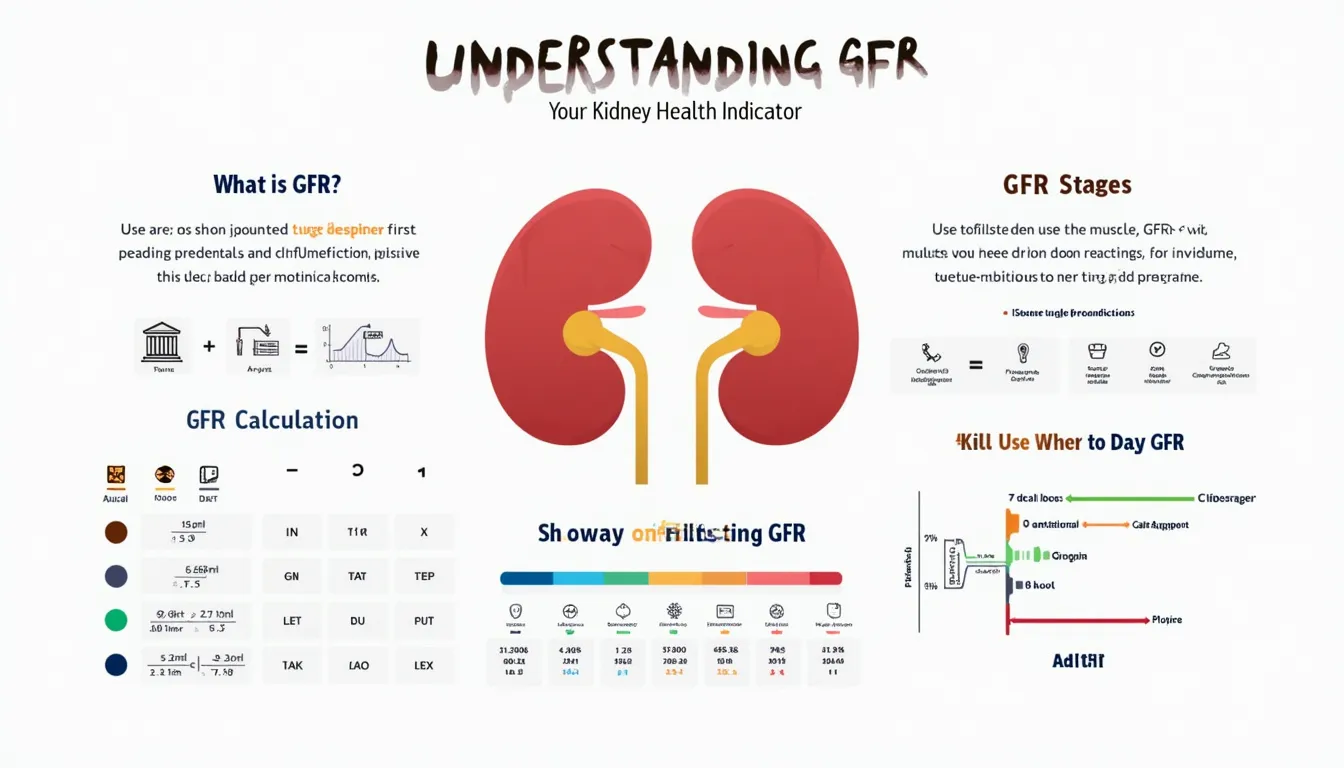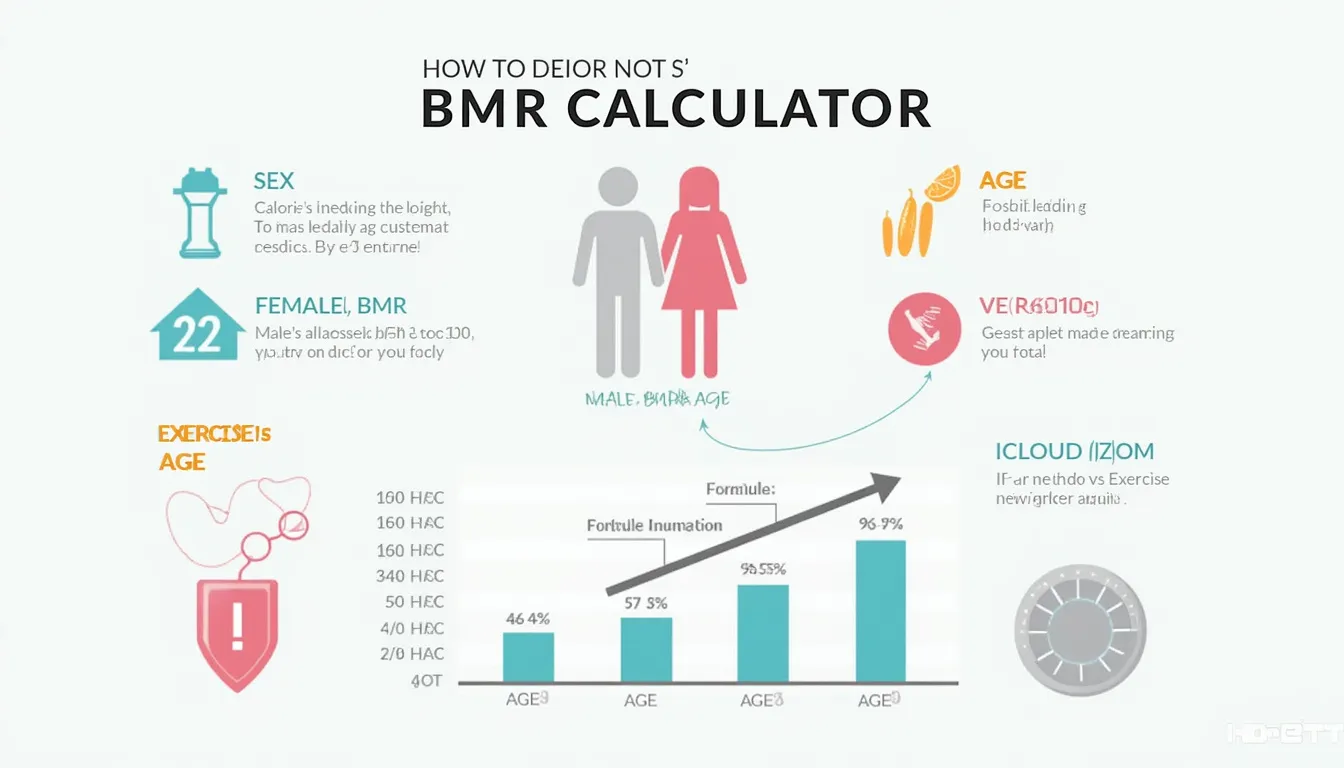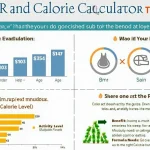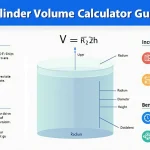Is this tool helpful?
How to Use the GFR Calculator Effectively
The Glomerular Filtration Rate (GFR) Calculator is a powerful tool designed to estimate kidney function. To use this calculator effectively, follow these steps:
- Enter Age: Input the patient’s age in years. For example, enter “45” for a 45-year-old patient.
- Select Sex: Choose either “Male” or “Female” from the dropdown menu.
- Input Serum Creatinine: Enter the serum creatinine level. For instance, enter “1.2” if the level is 1.2 mg/dL.
- Choose Creatinine Unit: Select either “mg/dL” or “μmol/L” from the dropdown menu.
- Enter Height (if applicable): If the patient is under 18 years old, an additional field for height in centimeters will appear. Enter the height, such as “150” for 150 cm.
- Calculate: Click the “Calculate GFR” button to obtain the results.
The calculator will display the estimated GFR, interpretation of the result (for adults), and the calculation method used.
Understanding Glomerular Filtration Rate (GFR) and Its Importance
Glomerular Filtration Rate (GFR) is a crucial measure of kidney function that indicates how well your kidneys are filtering waste from your blood. It’s an essential tool for diagnosing and monitoring chronic kidney disease (CKD), as well as assessing overall kidney health.
What is GFR?
GFR represents the volume of fluid filtered by the kidneys per unit of time. In simple terms, it’s a measure of how efficiently your kidneys are cleaning your blood. The GFR is typically expressed in milliliters per minute per 1.73 square meters of body surface area (mL/min/1.73 m²).
Why is GFR Important?
GFR is vital for several reasons:
- Early Detection of Kidney Disease: GFR can identify kidney problems before symptoms appear.
- Disease Progression Monitoring: It helps track the progression of chronic kidney disease over time.
- Treatment Planning: GFR guides healthcare providers in determining appropriate treatments and medications.
- Medication Dosing: Many medications are cleared by the kidneys, so GFR helps in adjusting dosages.
- Overall Health Assessment: GFR can indicate other health issues that affect kidney function.
Benefits of Using the GFR Calculator
The GFR Calculator offers numerous advantages for both healthcare professionals and patients:
1. Accuracy and Consistency
By using standardized formulas, the GFR Calculator provides consistent and accurate estimates of kidney function. This reduces the likelihood of errors that can occur with manual calculations.
2. Time-Saving
Healthcare providers can quickly obtain GFR estimates without the need for complex manual calculations, allowing more time for patient care and consultation.
3. Versatility
The calculator accommodates both adult and pediatric patients, using appropriate formulas based on the patient’s age. It also allows for different units of serum creatinine measurement.
4. Patient Education
The clear presentation of results, including interpretation for adults, helps patients understand their kidney function status and can facilitate discussions about health management.
5. Early Detection and Monitoring
Regular use of the GFR Calculator can help in early detection of kidney function decline and assist in monitoring the progression of chronic kidney disease.
6. Informed Decision Making
Healthcare providers can make more informed decisions about treatment plans, medication dosing, and further diagnostic tests based on the GFR results.
How the GFR Calculator Addresses User Needs
The GFR Calculator is designed to meet the specific needs of healthcare professionals and patients in assessing kidney function:
1. Simplified Complexity
Calculating GFR manually involves complex equations that vary based on age, sex, and other factors. This calculator simplifies the process by automatically selecting and applying the appropriate formula.
2. Adaptability to Different Patient Groups
The calculator adapts to different patient demographics:
- For adults (18 years and older), it uses the 2021 CKD-EPI Creatinine Equation.
- For children and adolescents (under 18), it employs the Schwartz Formula, which requires height input.
3. Unit Flexibility
The calculator accepts serum creatinine values in both mg/dL and μmol/L, accommodating different laboratory reporting standards worldwide.
4. Instant Results and Interpretation
Users receive immediate results, including:
- Estimated GFR value
- Interpretation of the result (for adults)
- Information on the calculation method used
5. Error Prevention
The calculator includes input validation to prevent common errors, such as entering negative values or omitting required fields.
Mathematical Formulas Used in the GFR Calculator
2021 CKD-EPI Creatinine Equation (for adults)
This race-neutral equation is used for adults aged 18 and older:
$$GFR = 142 \times min(Scr/\kappa, 1)^\alpha \times max(Scr/\kappa, 1)^{-1.200} \times 0.9938^{Age} \times [1.012 \text{ if female}]$$Where:
- Scr is serum creatinine in mg/dL
- κ is 0.7 for females and 0.9 for males
- α is -0.241 for females and -0.302 for males
- min indicates the minimum of Scr/κ or 1
- max indicates the maximum of Scr/κ or 1
Schwartz Formula (for children and adolescents)
For patients under 18 years old, the calculator uses the Schwartz Formula:
$$GFR = \frac{k \times Height}{Scr}$$Where:
- k is a constant that varies with age and sex
- Height is in centimeters
- Scr is serum creatinine in mg/dL
Practical Applications and Examples
Example 1: Adult Male
Consider a 60-year-old male with a serum creatinine of 1.3 mg/dL.
Inputs:
- Age: 60
- Sex: Male
- Serum Creatinine: 1.3 mg/dL
The calculator would use the 2021 CKD-EPI equation:
$$GFR = 142 \times min(1.3/0.9, 1)^{-0.302} \times max(1.3/0.9, 1)^{-1.200} \times 0.9938^{60}$$Result: Estimated GFR ≈ 60 mL/min/1.73 m²
Interpretation: Stage 2 CKD (Mildly Decreased)
Example 2: Adult Female
Consider a 45-year-old female with a serum creatinine of 0.8 mg/dL.
Inputs:
- Age: 45
- Sex: Female
- Serum Creatinine: 0.8 mg/dL
The calculator would use the 2021 CKD-EPI equation:
$$GFR = 142 \times min(0.8/0.7, 1)^{-0.241} \times max(0.8/0.7, 1)^{-1.200} \times 0.9938^{45} \times 1.012$$Result: Estimated GFR ≈ 95 mL/min/1.73 m²
Interpretation: Stage 1 CKD (Normal or High)
Example 3: Pediatric Patient
Consider a 10-year-old girl with a height of 140 cm and a serum creatinine of 0.5 mg/dL.
Inputs:
- Age: 10
- Sex: Female
- Height: 140 cm
- Serum Creatinine: 0.5 mg/dL
The calculator would use the Schwartz Formula:
$$GFR = \frac{0.55 \times 140}{0.5}$$Result: Estimated GFR ≈ 154 mL/min/1.73 m²
Interpreting GFR Results
For adults (18 years and older), GFR results are typically interpreted as follows:
- ≥ 90 mL/min/1.73 m²: Normal or High
- 60-89 mL/min/1.73 m²: Mildly Decreased
- 45-59 mL/min/1.73 m²: Mildly to Moderately Decreased
- 30-44 mL/min/1.73 m²: Moderately to Severely Decreased
- 15-29 mL/min/1.73 m²: Severely Decreased
- < 15 mL/min/1.73 m²: Kidney Failure
It’s important to note that a single GFR measurement should not be used to diagnose chronic kidney disease. Repeated measurements over time, along with other clinical factors, are necessary for a proper diagnosis.
Factors Affecting GFR Estimation
Several factors can influence GFR estimation:
1. Muscle Mass
Creatinine is a byproduct of muscle metabolism. Individuals with high muscle mass (e.g., bodybuilders) may have higher serum creatinine levels, potentially leading to an underestimation of GFR. Conversely, those with low muscle mass (e.g., elderly or malnourished individuals) may have lower creatinine levels, potentially overestimating GFR.
2. Diet
A diet high in meat can temporarily increase serum creatinine levels, potentially affecting GFR estimation. Vegetarian or low-protein diets may have the opposite effect.
3. Medications
Certain medications can affect creatinine levels or kidney function. For example, trimethoprim and cimetidine can increase serum creatinine without actually changing GFR.
4. Hydration Status
Dehydration can lead to a temporary increase in serum creatinine, potentially resulting in an underestimation of GFR.
5. Pregnancy
Pregnancy can increase GFR, which may not be accurately reflected in standard GFR estimation equations.
Limitations of GFR Estimation
While GFR estimation is a valuable tool, it’s important to be aware of its limitations:
- Estimates are less accurate at higher GFR levels (> 60 mL/min/1.73 m²).
- The equations may not be as accurate for certain populations, such as the very elderly or those with unusual muscle mass.
- GFR estimates don’t account for the rate of change in kidney function over time.
- Single measurements can be affected by temporary factors like diet or hydration status.
Frequently Asked Questions (FAQ)
Q1: How often should I have my GFR checked?
A: The frequency of GFR checks depends on your individual health status and risk factors. Generally, adults over 60 or those with risk factors for kidney disease should have their GFR checked annually. Consult with your healthcare provider for personalized recommendations.
Q2: Can I improve my GFR?
A: While you can’t directly increase your GFR, you can take steps to maintain kidney health and slow the progression of kidney disease. These include managing blood pressure and diabetes, maintaining a healthy weight, staying hydrated, and avoiding nephrotoxic substances.
Q3: Why does the calculator ask for height in children but not adults?
A: Height is required for the Schwartz Formula used in pediatric GFR estimation because children’s muscle mass and creatinine production are more closely related to their height than their weight. In adults, the CKD-EPI equation doesn’t require height as it’s based on population averages.
Q4: How does this calculator handle different units for serum creatinine?
A: The calculator allows input in both mg/dL and μmol/L. If μmol/L is selected, the calculator automatically converts the value to mg/dL before performing the GFR calculation.
Q5: Can this calculator be used for all ethnicities?
A: Yes, the 2021 CKD-EPI Creatinine Equation used in this calculator is race-neutral and can be used for all ethnicities. This is an improvement over older equations that included race as a factor.
Q6: What should I do if my estimated GFR is low?
A: If your estimated GFR is low, it’s important to consult with your healthcare provider. They may recommend additional tests, lifestyle changes, or treatments based on your overall health status and other factors.
Q7: Can medications affect my GFR result?
A: Yes, certain medications can affect serum creatinine levels without actually changing kidney function. Always inform your healthcare provider about all medications you’re taking when interpreting GFR results.
Q8: Is this calculator suitable for use in pregnant women?
A: While the calculator can provide an estimate, GFR estimation in pregnant women is complex due to physiological changes during pregnancy. Specialized methods may be needed for accurate assessment in pregnant women.
Q9: How does this calculator compare to blood or urine tests for kidney function?
A: This calculator provides an estimate based on serum creatinine, which is obtained from a blood test. It’s a quick and non-invasive way to assess kidney function. However, your healthcare provider may recommend additional blood or urine tests for a more comprehensive evaluation of kidney health.
Q10: Can I use this calculator if I have only one kidney?
A: Yes, you can use this calculator if you have one kidney. However, it’s important to note that having one kidney may affect your overall kidney function. Always consult with your healthcare provider for interpretation of results in the context of your specific health situation.
Remember, while this GFR Calculator is a valuable tool for estimating kidney function, it should be used in conjunction with clinical judgment and other diagnostic tools. Always consult with a healthcare professional for proper interpretation of results and medical advice.
Important Disclaimer
The calculations, results, and content provided by our tools are not guaranteed to be accurate, complete, or reliable. Users are responsible for verifying and interpreting the results. Our content and tools may contain errors, biases, or inconsistencies. Do not enter personal data, sensitive information, or personally identifiable information in our web forms or tools. Such data entry violates our terms of service and may result in unauthorized disclosure to third parties. We reserve the right to save inputs and outputs from our tools for the purposes of error debugging, bias identification, and performance improvement. External companies providing AI models used in our tools may also save and process data in accordance with their own policies. By using our tools, you consent to this data collection and processing. We reserve the right to limit the usage of our tools based on current usability factors.







